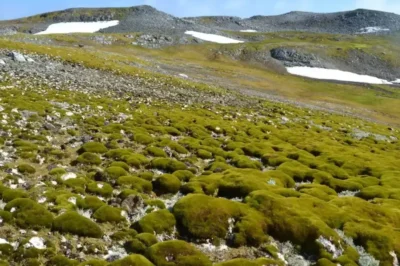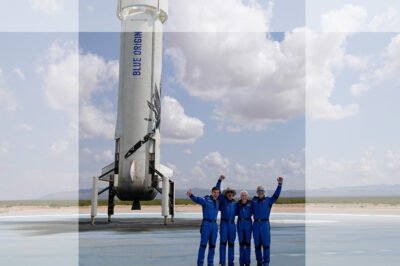While lush greenery typically symbolizes a healthy environment, recent research reveals a concerning paradox in Antarctica. Parts of this icy continent are becoming increasingly verdant, spurred by extreme heat events that threaten its fragile ecosystem. A groundbreaking study published in Nature Geoscience indicates that plant life on the Antarctic Peninsula has surged tenfold over the past four decades, alarming environmental scientists about the implications of such rapid change.
Conducted by researchers from the universities of Exeter and Hertfordshire, along with the British Antarctic Survey, the study highlights a dramatic increase in vegetation on the Antarctic Peninsula. In 1986, vegetation covered less than 0.4 square miles; by 2021, this area expanded to nearly 5 square miles. Study author Olly Bartlett described this development as the onset of a “dramatic transformation” in the region’s landscape.
Utilizing satellite imagery from NASA and data from Google Earth Engine, researchers linked this surge in plant growth to more frequent extreme heat events driven by climate change. Lead author Thomas Roland emphasized, “Our findings confirm that the influence of anthropogenic climate change knows no bounds.” While the landscape remains predominantly composed of snow, ice, and rock, areas of greenery have seen remarkable growth since the mid-1980s.
This shift in vegetation correlates with a decrease in sea ice around Antarctica. As melting ice and warmer temperatures create favorable conditions for plant growth, concerns rise regarding the establishment of non-native species. The need for biosecurity becomes critical as warming temperatures disrupt the delicate balance of native flora.
Notably, Robert Island has experienced significant greening trends, with an 18.7% increase in vegetated area documented between 2013 and 2016, accelerating further from 2016 to 2021 amid dramatic declines in sea ice. As native vascular plants proliferate, the rapid growth of mosses raises biodiversity concerns, creating suitable habitats for additional plant life.
Moreover, ground temperatures in the region have soared, averaging 10 degrees Celsius higher than normal since mid-July, with peaks reaching 28 degrees above average. This warming trend raises alarms about the potential loss of the Antarctic Ice Sheet, posing significant threats to global sea levels. With a staggering 280% increase in ice mass loss during the 2000s and 2010s compared to earlier decades, the implications for global ecosystems are profound, underscoring the urgent need for action against climate change and its far-reaching effects.




































































Leave a Reply